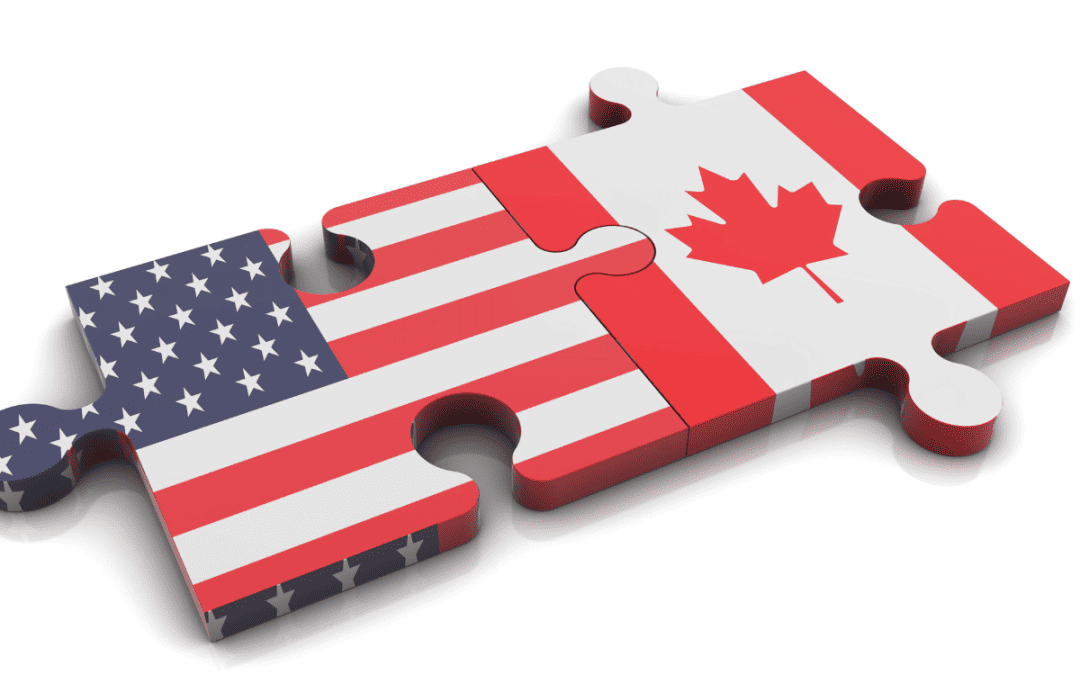When it comes to the business of property buying, it would be fair to say that purchasing a home in the United States can be a tricky and tough-to-navigate process for anyone, and that can be doubly so if you are a Canadian who is unfamiliar with the real estate market and mortgage systems in the USA. With the right information, however, it is definitely possible to achieve the goal of becoming a homeowner in the United States. Here is a brief guide that will help any Canadian and point you in the right direction.
Establish a budget
The first thing you should do is determine how much money you are going to be able to spend on your property. Elements need to be taken into account, including income, expenses and future financial goals. Doing this will help to narrow your options when it comes to looking for actual properties in your price range. You can figure out the basics of what you are going to be working with by using the tools on a website like What’s My Payment.
Understand US mortgage options
It is important to familiarize yourself with the different types of mortgages that are common in the United States. The most typical options are fixed-rate mortgages and adjustable-rate mortgages. As the terms suggest, fixed-rate mortgages boast a consistent interest rate across the term of the loan, whereas adjustable-rate mortgages start with an initial rate that then get periodically adjusted.
Research U.S. lenders
Do the work to find a reputable lender in the US that is open to offering mortgages to non-US residents. There are some banks and lending companies that have specifically designed programs to help Canadian buyers. You want to look for a lender who has experience and a track record of positive cross-border transactions.
Build your credit history
In the meantime, what you can do is start building and establishing a good US credit history. This can be done via things like applying for a US credit card and making your payments on time, along with keeping a low credit utilization ratio in order to build up a positive credit profile.
Gather your documentation
All lenders are going to require a set list of documents in order to process your application, and these will generally include the following:
- Proof of identity like a passport or government ID.
- Proof of income in the form of pay stubs, bank statements or employment verification letters.
- Proof of assets in the form of bank statements and investment account statements.
- Tax returns from the past two years.
- A copy of your credit history.
Get pre-approved
It is always a great idea to apply for pre-approval from your selected US lender. Doing this will give a clearer idea of the loan amount that you might qualify for, and it will strengthen your position when it comes to negotiations with potential sellers.
Engage a real estate agent
Partner up with an experienced and knowledgeable real estate agent who has experience with your cross-border activities. They will be able to guide you through the process of home search, negotiation and closing.
Consider currency exchange
Seeing as your primary accounts and savings are in Canadian currency, it is always a good idea to consider the currency exchange rates and all associated fees when factoring in all of your budget elements. There are plenty of different options to explore such as using a bank or an individual currency exchange service in order to get the best rates.
Review legal and tax implications
And lastly, it is always important to consult with a lawyer or tax advisor about what legal and tax implications you might face during a cross-border property transaction.















